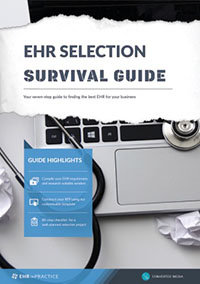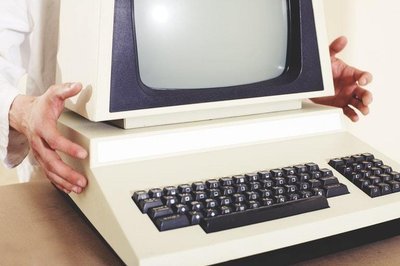To upgrade or to modify? That is the legacy EHR question
Whether discovered during day to day use or as part of an evaluation of your EHR system, issues will more than likely arise. Once you have identified that there is an issue with your EHR system, you must determine if the issues are detrimental enough to make a change. Before investing a lot of time, effort and money in finding a new system, you should look to find a way to make the current system work with upgrades or modifications.
You can decide if motivations for switching can be solved with modification to the existing EHR system only after you have identified exactly what your EHR problems are. You must analyze your EHR system in order to determine any EHR problems.
Areas of analysis include:
- Usability
- Patient access
- Scheduling
- Cost
- Data collection
- Missing out on meaningful use
- Poor coding
- Poor billing interface
- Customer support
- Security and HIPAA compliance
Recommended Reading: EHR Selection Survival Guide - Made the decision to upgrade? Use this guide to support your EHR selection.
Things you should question:
- Can the EHR problem be resolved with your vendor? How long will it take them to resolve the issues?
- Is the problem an internal (operations) problem, or is it an EHR problem within the system?
- Are the issues affecting productivity?
- Are the issues affecting patient satisfaction?
- Are their issues with your hardware?
- Are there penalty fees for discontinuing use of your current system?
You can gather your EHR problem list by conferring with clinicians and operations staff. This analysis should provide clarity as to what needs to be changed. Reach out to your IT support team to see if there are any internal issues, such as networking configurations, outdated equipment or workstations. Internally, there may be ways to increase internet speed, improve networking capabilities and secure internet connectivity for privacy. However, it will be likely that many of the issues regarding system operating speed will be due to the EHR system.
Next, you must contact your vendor customer service representative and explain each EHR problem you have. See if the customer service agent can offer a solution, utilizing the current EHR system. For some EHR systems, basic operations are provided for one cost and additional services (such as patient education portals, automatic schedule reminders, patient portal access and mobile access) are available at an additional cost. Determine if you have purchased only a “basic package” and if there is any way to upgrade your EHR features. If the additional features you need are very costly, you should perform a cost-benefit analysis.
Note that many legacy EHR systems do not have the required functionality to be compliant with meaningful use and participate in federal stimulus funding. If this is an issue, you will likely need to replace your legacy system. If you determine that your issues lie in the functionality of your current system and you have not found sufficient improvements by your IT support and the EHR vendor support, then it may be time to begin the process of finding a suitable replacement system.
Free white paper

EHR Selection Survival Guide
The comprehensive guide to selecting the best EHR system for your medical practice.

Featured white papers
Related articles
-

Five things your physicians hate about your legacy EHR
These legacy EHR issues suggest it might be time to upgrade your system
-

How to build the most accurate EHR budget plan possible
How to build an accurate Electronic Health Records budget plan
-

Calculating the useful life of your EHR - is it possible?
Factors that will impact your EHR's useful life and how to estimate their effect on your system's...




